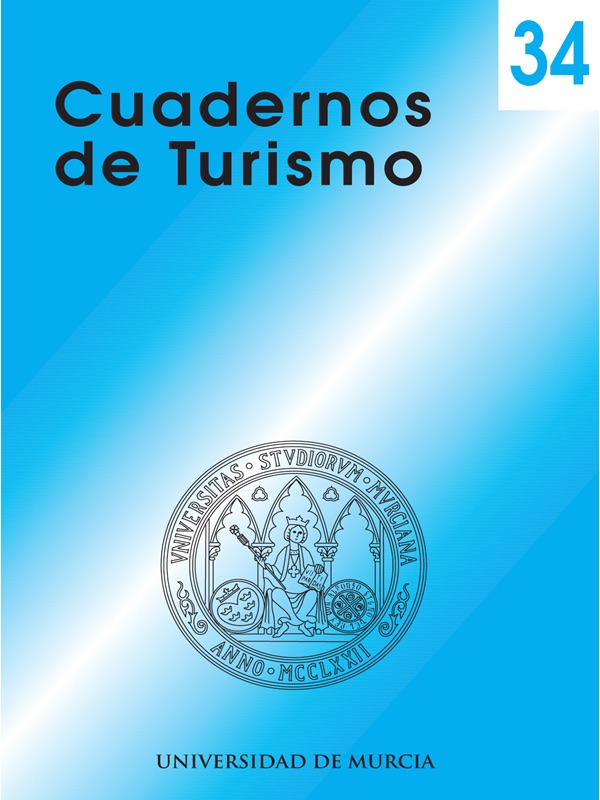From the deterioration of the heritage to its revaluation and inclusion in the touristic planification: the case of Valladolid
Abstract
The relevance reached by the cultural heritage in the cities of Castilla y León converts them in a representative scenario to understand the spatial transformations associated to the expansion of the cultural tourism in Spain. In this way, the city of Valladolid deserves a specific consideration because, provided with a real-state heritage of great historical value, most of its elements have been affected by a process deterioration during the second half of the XXth century. The instruments applied in the first decade of the XXIst century to the restoration and rehabilitation of the entire historic center, as well as to the accreditation of its principal cultural resources, have allowed to laid the foundations of an strategy heading to the valuation of heritage with touristic development purposes, by the organization of the principal elements that integrate it in an articulated offer for the visitor. Nevertheless, the result of these actions has not been always the expected, suffering new alterations the built heritage that the city already preserved.Downloads
-
Abstract1214
-
PDF (Español (España))750
-
PDF750
Las obras que se publican en esta revista están sujetas a los siguientes términos:
1. El Servicio de Publicaciones de la Universidad de Murcia (la editorial) conserva los derechos patrimoniales (copyright) de las obras publicadas, y favorece y permite la reutilización de las mismas bajo la licencia de uso indicada en el punto 2.
2. Las obras se publican en la edición electrónica de la revista bajo una licencia Creative Commons Reconocimiento-NoComercial-SinObraDerivada 3.0 España (texto legal). Se pueden copiar, usar, difundir, transmitir y exponer públicamente, siempre que: i) se cite la autoría y la fuente original de su publicación (revista, editorial y URL de la obra); ii) no se usen para fines comerciales; iii) se mencione la existencia y especificaciones de esta licencia de uso.
3. Condiciones de auto-archivo. Se permite y se anima a los autores a difundir electrónicamente las versiones pre-print (versión antes de ser evaluada) y/o post-print (versión evaluada y aceptada para su publicación) de sus obras antes de su publicación, ya que favorece su circulación y difusión más temprana y con ello un posible aumento en su citación y alcance entre la comunidad académica. Color RoMEO: verde.





_.jpg)







